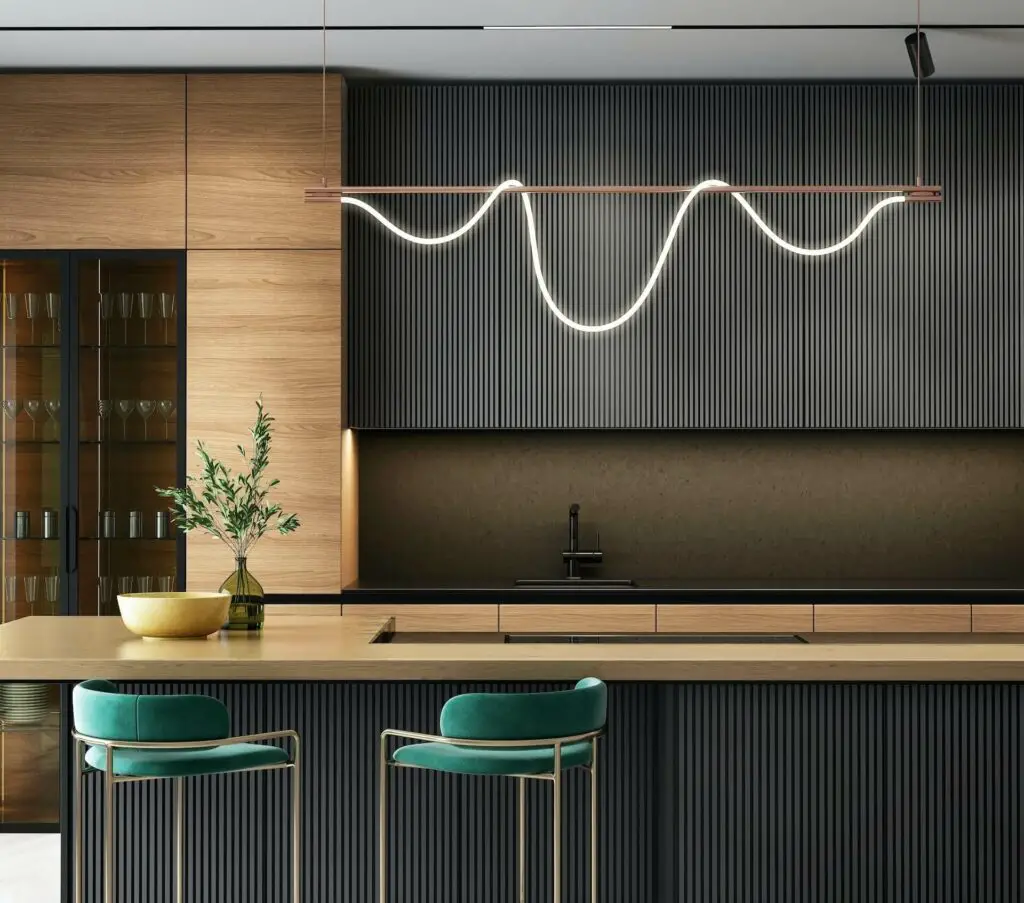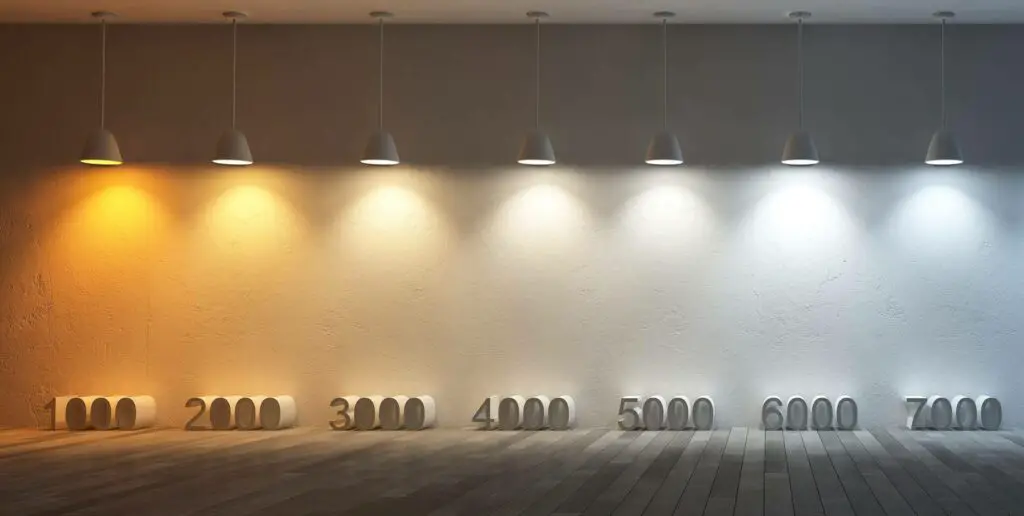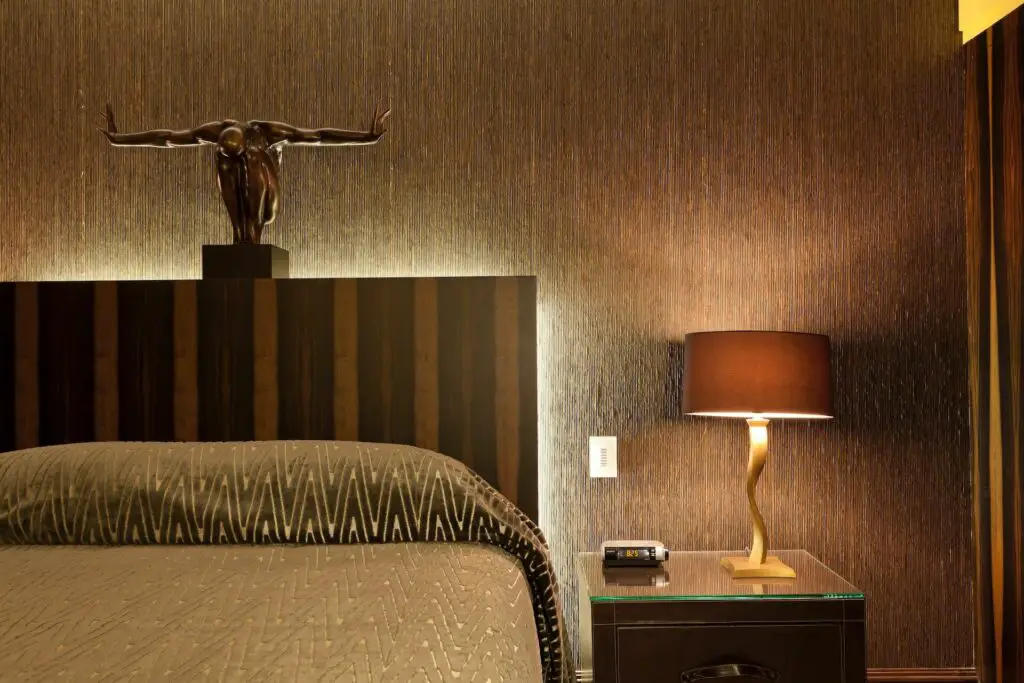Color temperature is an often misunderstood property of bulbs.
All of us have, at one point or another remarked the lighting of a space without being able to trace it back to color temperature.
Well, I’m telling you now – whenever you can feel that the lighting is perfect for a particular room, it’s more often than not due to the right choice of color temperature.
How can we achieve that in kitchens?
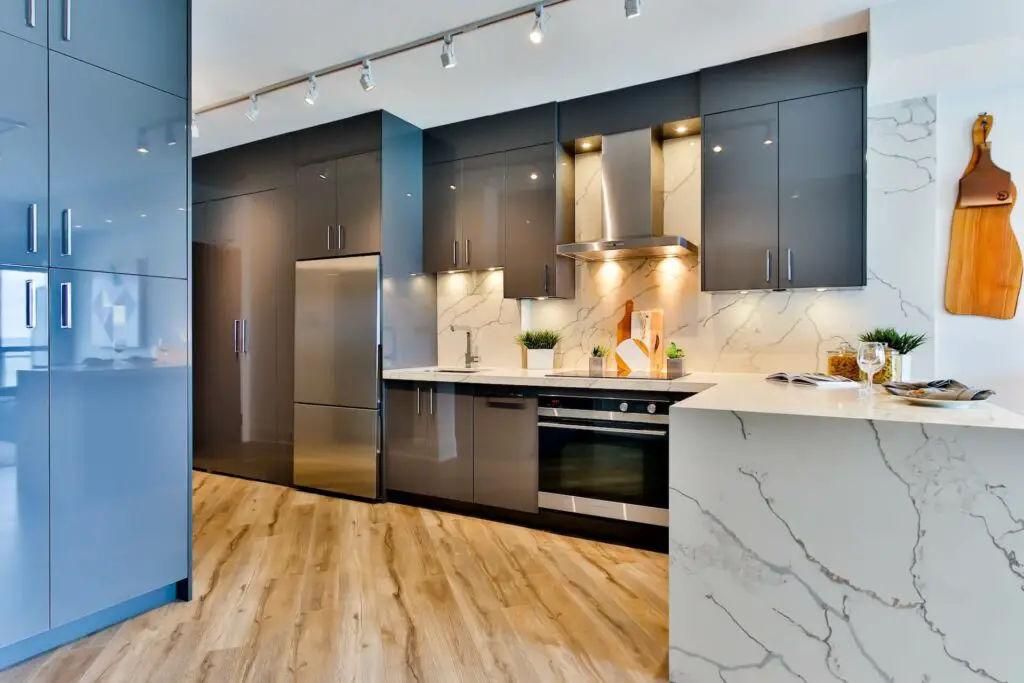
Kitchen lighting should be between 3500 and 4500 K. Ambient lighting (such as chandeliers or recessed can lights) can be on the lower end of the spectrum while task lighting (such as pendants or under-the-cabinet LED strips) can be on the higher end of the spectrum. The size and style of your kitchen can broaden this range a little bit. Let’s see how.
Why Color Temperature Matters
Different bulbs emit light of different color temperatures. The temperature of your specific bulb will be listed either on the packaging or sometimes on the bulb itself. Unless you have installed a dimmer switch that works with incandescent bulbs, only some LED bulbs come with adjustable color temperature.
Color temperature has the ability to change the entire feeling of a space. Whether you want to light your kitchen bench for cooking or install hidden lights for late-night kitchen trips, color temperature should be one of the first things on your mind.
Specifically, inadequate lighting has been proven critical to our mental health and well-being. A study published in the Journal of Consumer Psychology in 2014 showed that intense lighting leads to greater emotions (both positive and negative).
Quick info: The higher the Kelvin, the cooler (more blue-ish) the light. The lower the Kelvin, the warmer (more red-ish) the light.
To answer how you can choose the right color temperature, we must consider these three factors:
- Functionality
- Aesthetics
- Versatility
But before we go through these one by one, let’s first cover some basics about light and color temperature.
Why Is Proper Lighting So Important?
Our relationship with daylight is complicated. Not only does it help us synthesize vitamin D, it is also vital for our eye and bone health.
Also, the effects of daylight on our circadian rhythm have long been known.
Knowing that the color temperature of daylight is around 5500-6500 K, should all our lightbulbs be within that range?
Not so fast.
The human body is not meant to constantly function in daylight and the research surrounding the health benefits of what is called ‘daylight’ and ‘full-spectrum’ bulbs, which attempt to mimic sunlight as much as possible, is, to say the least, inconclusive.
Besides, we don’t only use artificial light to replace the sun. Sure, that’s one part of it.
But many of us use the time after sundown to unwind and just relax before preparing for yet another busy day.
I’m willing to bet no one can relax in a brightly lit space with cool white lights.
That is because of our circadian rhythm. Experts advise avoiding bright lights 2 hours before bed to make it easier to fall asleep!
So basically proper lighting is important so that we can perform tasks at night or when there is little available daylight, to relax and socialize after long days, and to avoid any accidents in the dark.
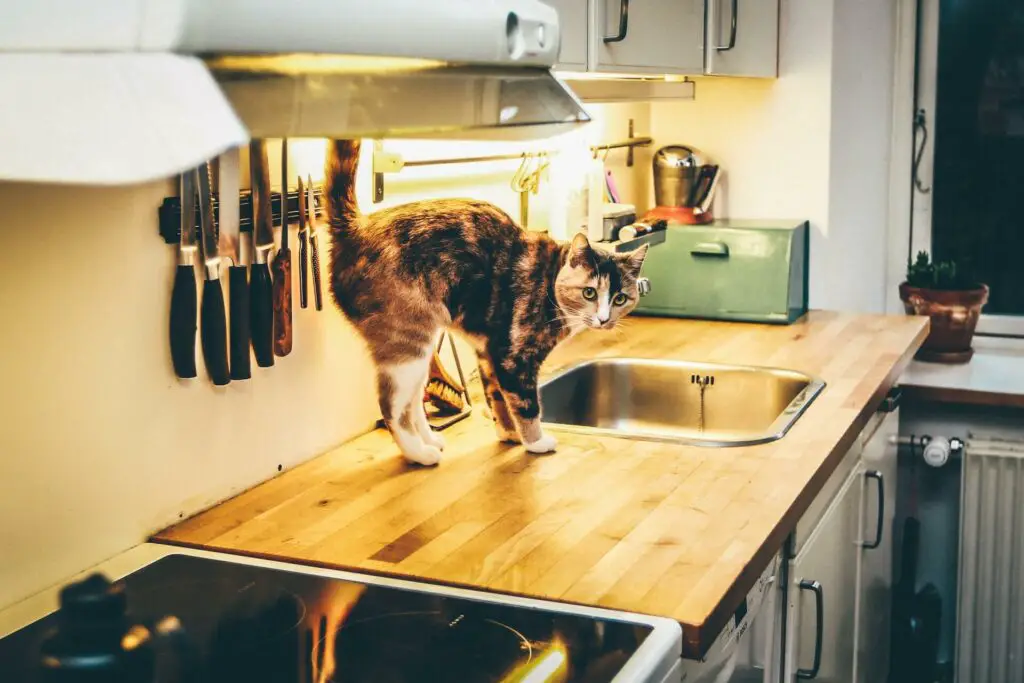
Choosing The Right Color Temperature
Now let’s see the three main factors that will help us choose the best color temperature for the kitchen.
1. Functionality
What we mean by that is that we need light to make a room functional after dark. This is not about design or preferences, it’s simply about getting the job done.
A kitchen, for example, needs ample light in all cooking and working spaces so that you can safely and effectively prepare your food.
We start with functionality because the kitchen is mostly a functional room. Usually, we don’t spend much leisure time in it unless we’re cooking, cleaning etc.
As far as color temperature goes, this would be higher on the Kelvin scale, at about 4000-4500 K (more blueish). Cooler light helps with focus and productivity and it’s best for task lighting.
Prefer this temperature for under the cabinets, over the sink, or for pendants that light up your kitchen island.
2. Aesthetics
So since the kitchen is mostly a functional space, we already covered the ideal color temperature for task lighting.
But what about ambient light?
The best (and most common) fixture choices for ambient light in kitchens are recessed can lights and chandeliers.
But no matter your fixtures, the color temperature of ambient light depends primarily on your preferences and the overall design of your kitchen.
For example, traditional and transitional kitchens that use earthly materials (wood, stone) and colors (brown, gray) work best with warmer lights (3000-3500 K).
On the contrary, modern-style kitchens, such as minimalist and Scandinavian, work best with slightly cooler lights (3500-4500 K).
We talk more about this later but for now, quickly consider the color temperature in the rest of the house because you want a seamless transition from the other areas to the kitchen. An abrupt change in lighting is a bit off-putting.
Pro Tip: If you need more information about the differences between warm and cool light and how each affects our mood and the overall feel, read this guide.
3. Versatility
Okay so now we have covered the basics of color temperature in kitchens.
Cool white for task lighting and either warm or cool white for ambient lighting depending on your preferences and kitchen style.
Simple enough, no?
Well, not always.
Many kitchens do not conform to this duality.
Maybe you have limited fixtures, maybe your pendants also function as ambient light sources.
Or maybe you have plenty of access to daylight or the opposite.
On a case-to-case basis, it would be ideal to aim for versatility.
Go for LED bulbs with adjustable color temperature (and brightness). That way you can decide if you want to go for max productivity or just dim the lights and create a cozier atmosphere. (Special considerations apply for kitchens with low ceilings.)
Let’s go through some of the basic kitchen styles in a list format to make it easier.
The Ultimate Guide To Kitchen Lighting [2024]
So you’ve decided to redo your kitchen lighting or are building it from scratch. Or you’re simply super interested in lighting tips and just looking around (in which case you’re my favorite person). Well, look no further because, in this guide, we will talk about *everything* kitchen lighting. From start to finish, you’ll learn how…
The Best Light Color for Different Kitchen Styles
- Traditional kitchen: The traditional kitchen is characterized by “old-fashioned” furniture and appliances, earthly colors, and lots of decorative touches. It is not defined by simplicity. The ideal color temperature is about 3000 K, which goes very well with red-orange-brown colors and gives a very warm and cozy feel.
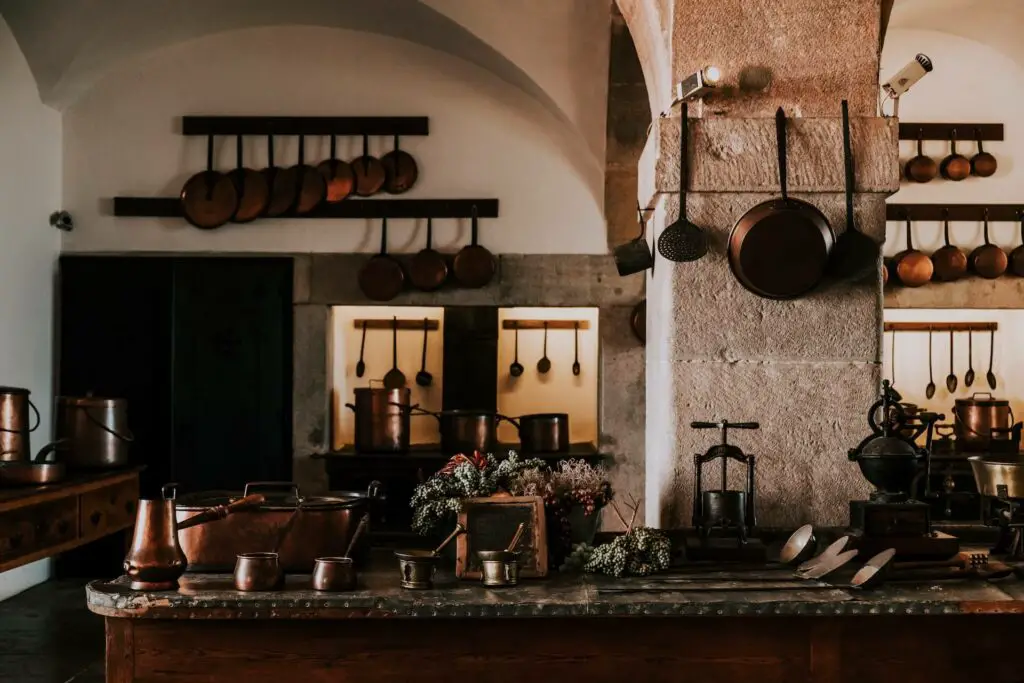
- Modern kitchen: The modern kitchen is characterized by minimalism and simple colors, while it is uncluttered and has a lot of empty (negative) space. Cooler temperatures work best to make straight lines and right angles merge seamlessly with all elements of contemporary aesthetic. 4000-4500 K is preferred.
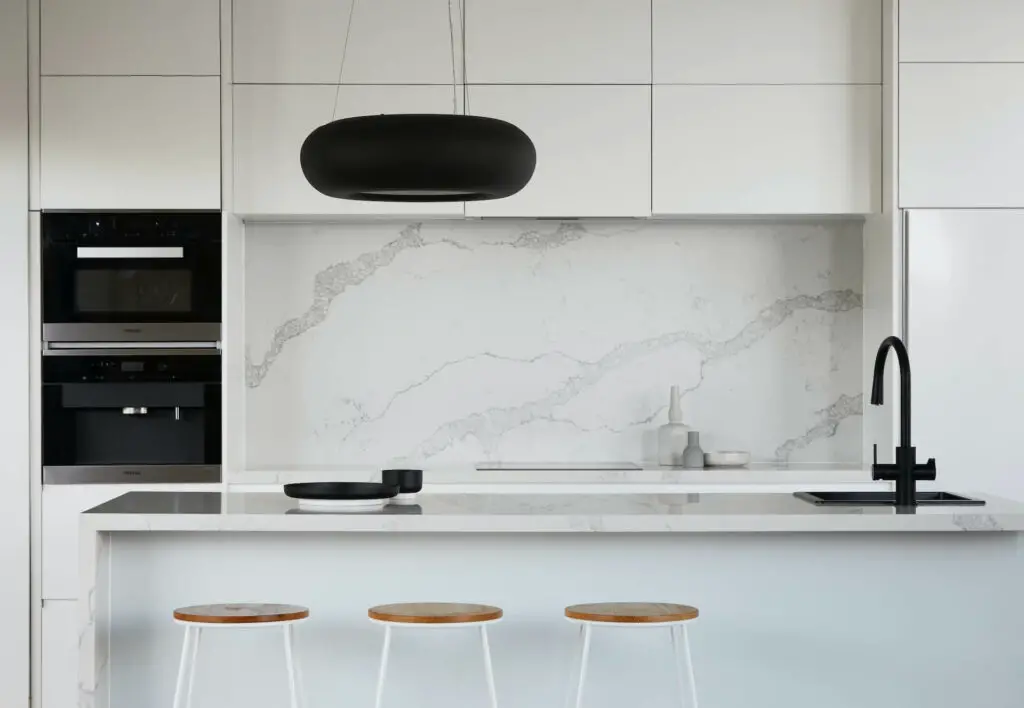
- Rustic kitchen: The rustic kitchen resembles something out of the countryside. It can be a natural woody environment or something more whiteish and iron-focused. 3000 K is preferred for the former while 4000 K for the latter. This depends a lot on the style and colors of the furniture, as we already saw.

- Industrial kitchen: The industrial (or commercial) kitchen is metal-focused. No earthly colors and next to no decorations. It just gets the job done. 4000-5000 K for this one (I would personally avoid the higher end of the spectrum – I find it too cold). A very cool touch would be Edison bulbs!
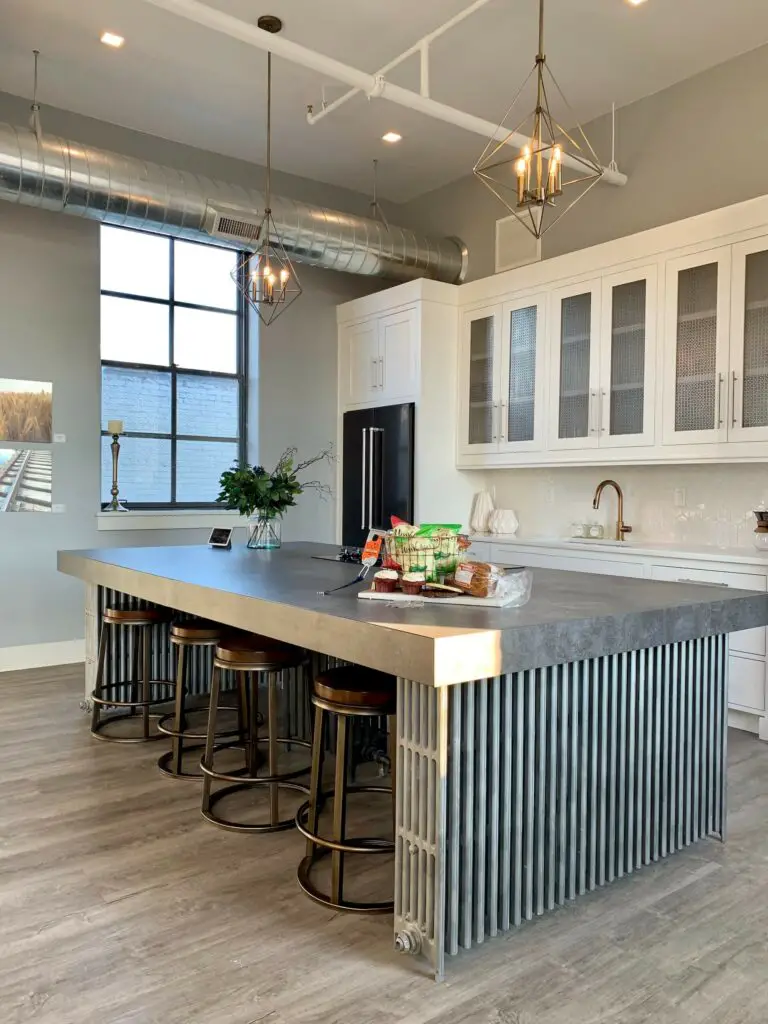
- Coastal kitchen: The coastal (or beachy) kitchen has a lot of white and blue with a touch of green or brown. Ideally, try to maximize the use of sunlight for this style! Use small white curtains and keep them open as much as possible. Color temperature of 3500-4500 K should complement the design elements well.
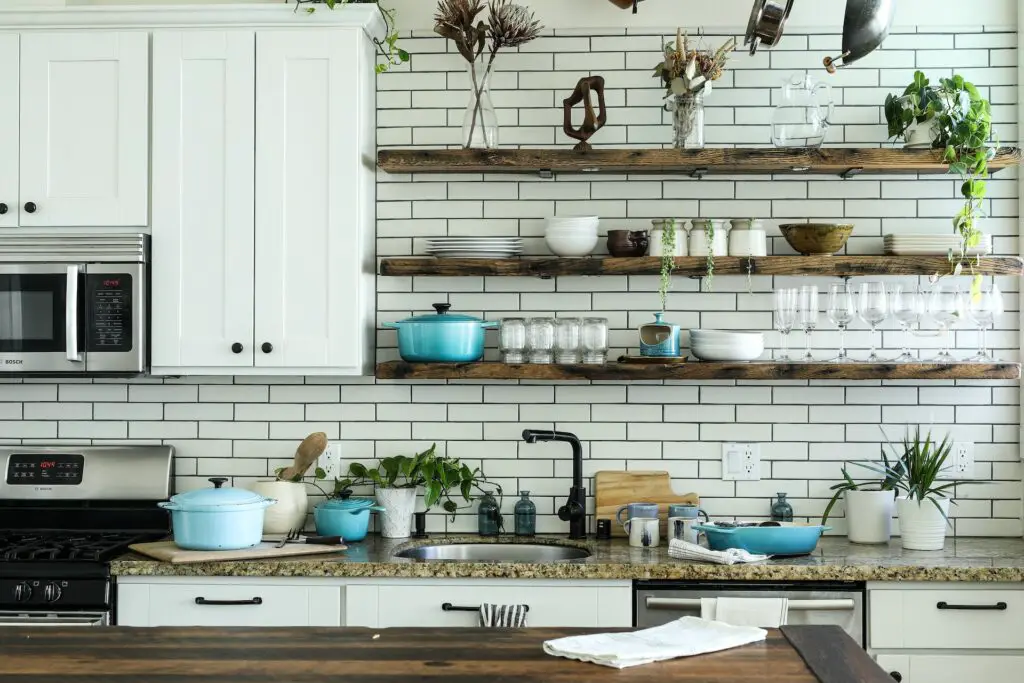
Wrapping up
Now you have all the information you need to achieve the perfect atmosphere in your kitchen! Remember, the wrong color temperature can make colors appear dull and off-putting.
As a mostly functional space, the kitchen should have a color temperature of about 3500-4500 K. Task lighting should be at the high end of the spectrum, while ambient lighting depends on the size and style of each kitchen, as well as your preferences. Follow the list above to determine the perfect temperature for your own needs!
My final recommendation is to choose LED bulbs with adjustable brightness to fit your needs even if you change your mind. I would not suggest using RGB bulbs in the kitchen but they could be perfect for the bedroom or living room. More on that soon…!
